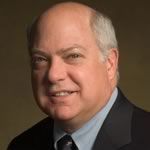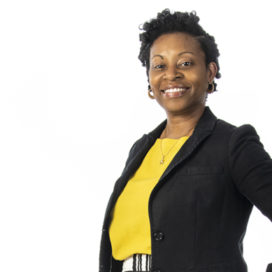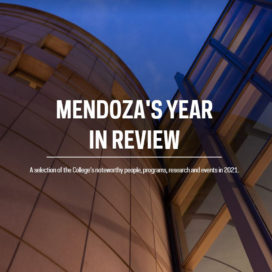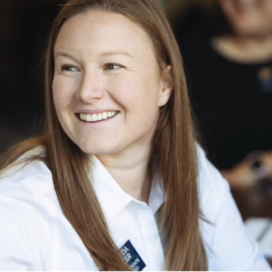ND Business Communication Conference’s one rule: No talking
Published: November 30, 2015 / Author: Angela Sienko
The irony isn’t lost on James S. O’Rourke IV (BBA MGT ’68), the Arthur F. and Mary J. O’Neil Director of the Eugene D. Fanning Center for Business Communication at the Mendoza College of Business.

For the past 18 years, he has hosted the Conference on Corporate Communication, an event that draws leading corporate communication executives, practitioners and professionals to the University of Notre Dame, to talk about what else? Communication. Yet, in spite of the theme and the guest list, one would be hard pressed to find any actual communications about the event.
That’s because conference guests abide by one strict rule: There will be no unapproved talking about the conference outside of the conference. Instead, attendees vent, share and discuss best — and worst — practices among a sanctuary of peers, with the assurance that nothing they say will show up in the next day’s newspaper.
“We work on the principal of ‘non-attribution,’” O’Rourke says. “That means that you may not be quoted by anyone outside of the room without your expressed permission. And frankly, that’s the only way some of these folks will agree to attend. We are asking the chief communication officers from some of the world’s most recognizable brands to come here and ‘open the back of the clock and show us how it works.’ That won’t happen if they know what they say will be made public.”
Despite the extraordinary caliber of the collective group of attendees, the Conference on Corporate Communication is actually quite informal. Guests, who usually number between 30 to 34 total, are invited by email or phone, and there is no formal agenda to follow.
“Everyone comes prepared to talk about something,” O’Rourke says. “These are professionals at the top echelon of their fields, and they want to talk with people who understand the language and share the same issues. That’s why they feel comfortable discussing something that could be really problematic if it were to become public. There’s an enormous measure of trust among the group, and they have a low tripwire for nonsense.”
This year’s conference welcomed communication leaders from organizations including 3M, Allstate Insurance, Cars.com, Columbia University, Edelman, The Financial Times, Morgan Stanley, Phillips 66, TD Ameritrade, Under Armour, Walgreen Company and The Wendy’s Company. While all attendees come with the intention of sharing with their peers, it is the newest conference members who are tapped to deliver official presentations — a sort of “initiation” into the group.
Michele Davis, managing director and global head of corporate affairs at Morgan Stanley, gave the first presentation of the 2015 conference, titled “Breaking Out of a Defensive Crouch.” She described some of the obstacles the organization has faced in the wake of the financial crisis — including hostile public opinion, a continuous flow of political rhetoric and aggressive media coverage — and her approach to ramping up the company’s efforts to tell its story to new and existing audiences.
“We defined our proactive message as ‘smart people working together to deliver insights and solutions that help clients get where they want to go.’ And then I refocused my team to go tell that story with confidence,” she says.
“Investors had been the primary audience for us. We continued that focus, driving content to the financial media to reinforce our strategy.” The culmination of these efforts led to Morgan Stanley being featured on the cover of Barron’s, the financial market magazine published by Dow Jones & Company.
At the same time, Davis set out to reach new audiences, including prospective clients and employees. “That meant developing our digital platforms and showing up at new venues, with content that focused not just on what we do, but on what import our work helps our clients have,” Davis said. As a result, Morgan Stanley adopted a more informal communications style, began appearing at non-banking forums, and even launched a new Institute for Sustainable Investing.
While Davis’s presentation came with a happy ending, not all attendees come to the conference with good news to share.
“In previous years, we’ve had people show us some things that would affect the market’s perception of their share price if those were made public,” O’Rourke says. “That information would be categorized as ‘material, market-moving, non-public information’ and the speaker would have to provide a ‘trader’s warning’ before offering any details.”
When asked if he has any favorite speakers from the previous 17 conferences, O’Rourke shakes his head. “I can’t pick a favorite,” he says. “Every single presentation and speaker teaches me something new.”
And that’s precisely why he started this conference.
“I always have students write case studies about business problems as part of my curriculum,” O’Rourke says. “Then I thought, ‘Who knows more about reputation management, change communication and persuasion than the experts who do these things every day?’ That’s when I got the idea to connect practitioners at the highest level with the academics who will teach it. And, nearly two decades ago, that became the Conference on Corporate Communication.”
Learn more about the Eugene D. Fanning Center for Business Communication and view the list of past conference participants by visiting the Mendoza College of Business website.




